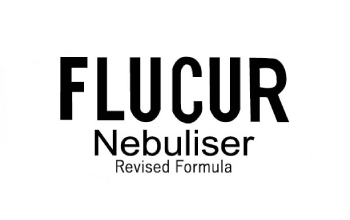There are three common types of nasal sprays: corticosteroid nasal spray, vasoconstrictor nasal spray and Antihistamine Nasal Spray:
Corticosteroid nasal spray:
Used to inhibit the production of inflammatory substances. Most of the steroid containing product are prescription drugs and should be prescribed to patients with moderate to severe nasal allergy only after a doctor's diagnosis and as deemed appropriate. The effect is relatively slow, it takes about 6-12 hours after use to start to work, and it takes several days to achieve the best effect. Long-term use is more likely to cause increased intraocular pressure, so it is necessary to conduct regular eye examinations.
Vasoconstrictor Nasal Spray:
It can quickly shrink the blood vessels of the nasal cavity mucosa, eliminate the swelling of the nasal mucosa and nasal congestion. The advantage is that it can quickly improve the nasal congestion and runny nose. It is suitable for emergency or short-term use. The product is not intended to treat allergies and is not suitable for long-term and continuous use.
Antihistamine Nasal Spray:
Blocking the action of histamine can relieve symptoms such as runny nose, sneezing and itching in the nose. The effect is faster than steroid nasal spray, but the effect of relieving nasal congestion is relatively poor. Antihistamine nasal sprays are topical. If the medicine flows back into the mouth, it will produce a bitter taste, but it has less side effects such as dry mouth and drowsiness than oral antihistamines.
Source:
Consumer Council



